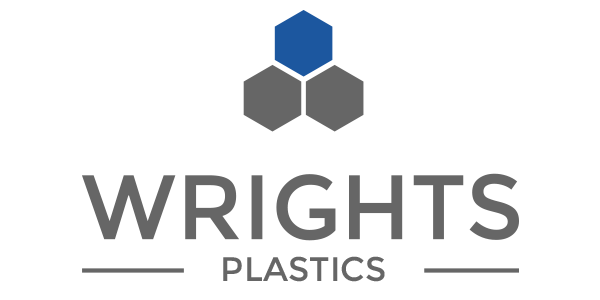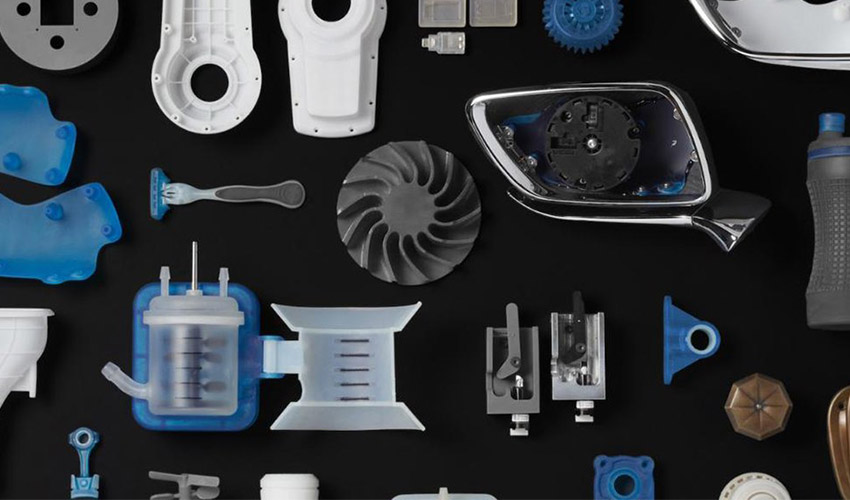Why plastic prototyping has become increasingly popular in the last decade is something we look at in this article.
While 3D printing technology kick started the growth, it is the increasing accuracy and reducing costs of alternate plastic prototyping processes that are contributing to the increasing number of organisations who are looking at prototyping.
But why plastic prototyping? What are the reasons for organisations to commission prototypes?
Why Plastic Prototyping? Explore concepts faster
Plastic prototyping takes initial ideas to low-risk concept explorations that look like real products in very short time. It allows designers to go beyond virtual visualisation, making it easier to understand the look and feel of the design, and compare concepts side by side.
Why Plastic Prototyping? Improved Communication
Realistic physical models – whether a working prototype or not – enable designers to share their concepts with colleagues, clients, and collaborators to convey ideas in ways not possible by drawings, plans or descriptions alone. Rapid prototyping facilitates the clear, actionable feedback that is essential for creators, product designers, inventors and engineers to refine and improve their designs.
Why Plastic Prototyping? Enables iterative design
Design is always an iterative process requiring multiple rounds of testing, evaluation, and refinement before getting to a final product. Rapid prototyping provides the flexibility to create more realistic prototypes faster and implement changes instantly, elevating this crucial trial and error process.
Additionally, creating prototypes of differing designs allow stakeholders to make real time comparisons between different models or styles.
In product design and manufacturing, finding and fixing design flaws early can help companies avoid costly design revisions and tooling changes down the road. Rapid prototyping allows engineers to thoroughly test prototypes that look and perform like final products, reducing the risks of usability and manufacturability issues before moving into production.
Why Plastic Prototyping? Lower Costs. Speedier Decision Making
The improvements to 3D printing and CNC machining ensure they offer low tooling costs with rapid production. They can manufacture increasingly sophisticated products efficiently and minimising waste and impact on the environment.
Why Wrights Plastics Plastic Prototyping?
To achieve the design, cost and production benefits outlined above requires experience, product knowledge and access to the latest energy-efficient kit. Wrights Plastics has over 50 years’ sector experience and is recognised as a leading UK plastic fabrication company. They use this experience when designing and manufacturing high quality prototypes using a range of processes.



Recent Comments